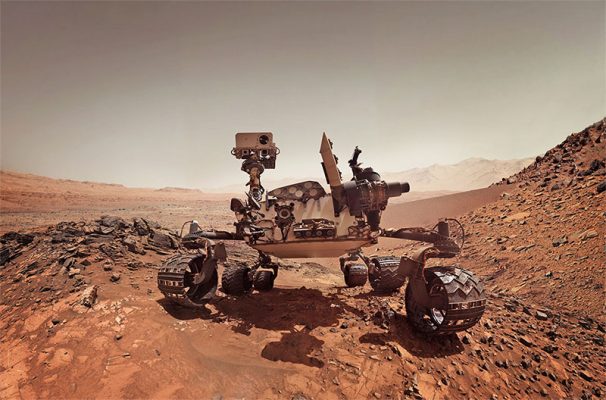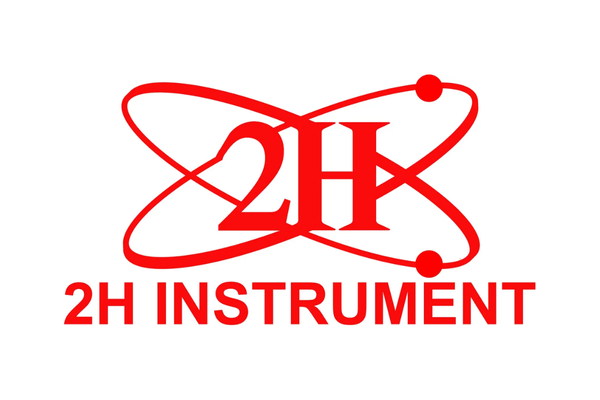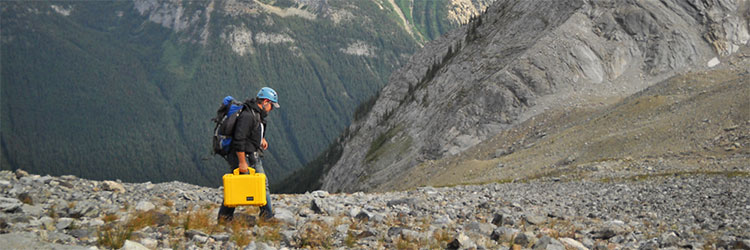NEW TECHNOLOGY & PRODUCTS, News
Out of this World: Olympus XRD on Mars
Did you know? Our X-ray diffraction (XRD) technology has been to Mars!
The technology that powers Olympus XRD instruments was originally developed for testing Martian soil onboard the NASA Mars Curiosity rover.
XRD is used to determine the mineralogy of soil. It works by sending X-rays into a powdered mineral sample. The minerals must have a crystalline structure for XRD to work. The X-rays passing through the crystalline structure produce a diffraction pattern that is read by the analyzer to determine the mineralogy. Our patented technology enables our XRD analysis to work with minimal sample preparation and small sample sizes as compared to conventional XRD methods.

Conventional XRD requires samples to be ground into a fine powder, typically 10 to 50 microns in diameter, and uses a large analyzer that points an X-ray beam at the sample from many different angles to get mineralogy data. Our innovative process of shaking a sample for random orientation enables the use of much smaller samples that are simply poured through a sieve and don’t need to be ground up. These features are essential for this application and making it small enough to be used on the rover. This technology helps scientists understand what minerals are part of Mars’ landscape and its geological history.

On earth, Olympus XRD technology is available within the TERRA® portable XRD system and BTX II™ benchtop XRD system; both are used in the mining, oil and gas, forensics, and pharmaceutical industries.
Want to learn more about how our XRD technology is used in the Mars rover? Check out this interview in NASA’s Spinoff Magazine with our own Jeff Walker for a feature on this technology.

